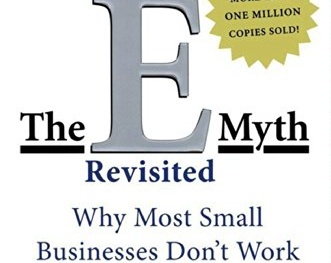Contractor v Employee for ATO purposes
Ever wondered if a member of staff is an employee or a contractor for tax purposes? Ever lay awake at night thinking whether you should have withheld PAYG on their income? Probably not, but if you ever wondered, you can now relax. The ATO recently released TR 2023/4 Income Tax: pay as you go – who is an employee? This tax ruling clarifies when a business is required to withhold PAYG.
The ATO has also released Practical Compliance Guideline – PCG 2023/2 – Classifying workers as employees or independent contractors – ATO compliance approach, which provides an outline of the ATO’s approach to compliance in this area, based on a series of process/governance risk factors.
What is PAYG Withholding (or why do I care)?
PAYG Withholding are amounts that employers withhold from their employees salary and wages each period. The employer is then required to remit this amount to the ATO.
As a business owner, you are required to withhold amounts from your employees salaries and wages but not from contractors. If you don’t withhold, the ATO can issue fines and penalties, hence, why its imperative to work out whether an individual is an employee or a contractor.
So what does the tax ruling say?
Over the past year or so, the High Court has handed down a number of decisions that impacted who is considered an employee and who is a contractor. These rulings altered the common law definition of who would be considered an employee and who would be a contractor.
TR2023/4 now makes clear that the written contract between the workers and the business is critical in determining whether that worker is an employee or a contractor.
The ruling goes through a number of factors that should be considered and says that where these are detailed in the contract, then it is the legal rights in the contract that is important and not any evidence in how the contract was performed (unless the contract was a sham). The factors set out below are not a checklist, but must be considered holistically to determine if the worker is an employee or not.
These factors include:
- Serving in the business or on the business
At its core, the distinction between an employee and an independent contractor is that:
- an employee serves in the business of an employer, performing their work as a part of that business
- an independent contractor provides services to a principal’s business, but the contractor does so in furthering their own business enterprise; they carry out the work as principal of their own business, not part of another.
Other consideration include:
A person can be both an employee and a contractor. Its not an either / or situation.
Also merely calling yourself a “contractor” or “employee” does not make it so. It is the terms of the contract that is important, not just the label applied to the worker.
Whether the person has an ABN or not is not relevant to whether they are a contract or an employee.
The ATO have set out the various tax consequences where the worker is an employee
The ATO have set out the various tax consequences where the worker is an employee
- report via Single Touch Payroll (STP)
- withhold amounts under the pay as you go (PAYG) withholding regime
- make superannuation contributions or be liable for the superannuation guarantee charge
- meet fringe benefits tax obligations for benefits provided
- not entitled to claim GST credits for wages paid
- not entitled to an ABN in relation to that employment
- not entitled to register for goods and services tax (GST) and no GST reporting obligations in relation to that employment
And where the worker is a contractor
- report via Taxable Payments Annual Reporting (TPAR) as legislated or on a voluntary basis if they satisfy the turnover-threshold test
- if the worker satisfies the extended definition of employee, make superannuation contributions or be liable for the superannuation guarantee charge
- if the engaging entity and worker are both registered for GST, claim eligible GST credits
- if the worker does not quote an ABN when required, or the parties enter into a voluntary agreement, withhold amounts under the PAYG withholding regime
- make provision for income tax through PAYG instalments, if required
- entitled to apply for an ABN
- register for and pay GST, if required
- consider the personal services income implications














